The decision between traveling solo or with friends shapes your entire journey in ways that extend far beyond simply having company. Both approaches offer distinct experiences with their own magic, challenges, and unexpected rewards. While the obvious differences might seem clear – companionship versus solitude, shared versus individual decisions – the deeper contrasts often emerge only after experiencing both travel styles firsthand.
Here is a list of 20 unexpected differences between traveling solo and with friends that might influence how you plan your next adventure.
Decision Fatigue
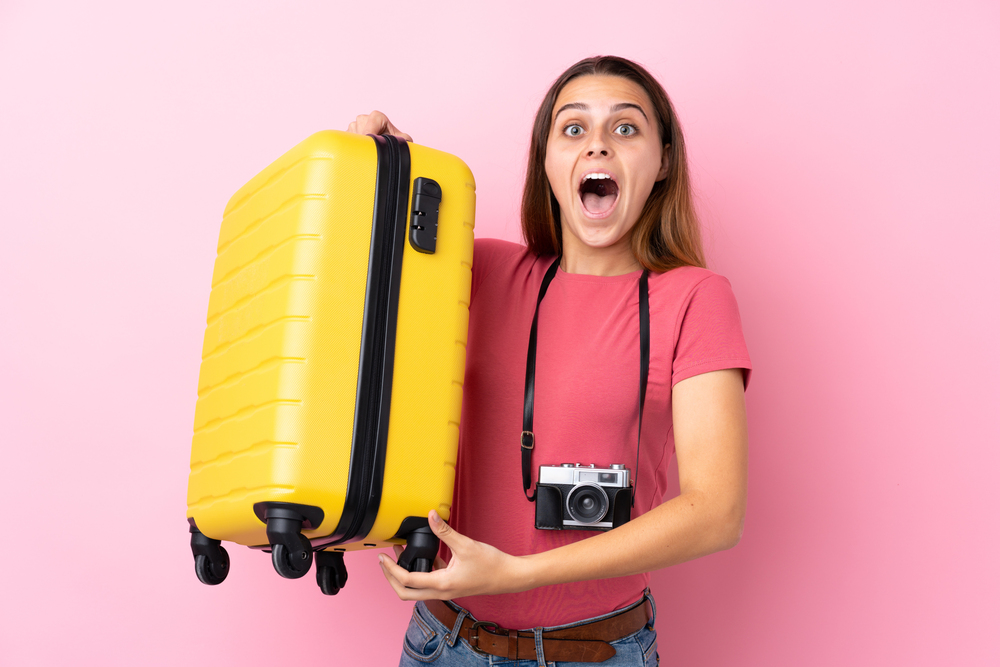
Solo travelers make countless daily decisions completely independently, from restaurant choices to activity timing, which creates a distinct type of mental exhaustion by day’s end. Friend groups diffuse this cognitive load as decisions become shared responsibilities but introduce the need for diplomatic negotiation skills that solo travelers can temporarily shelve.
This trade-off between complete autonomy and shared decision-making fundamentally changes how much mental energy remains for enjoying your surroundings.
Conversation with Locals

Traveling alone creates an approachability that naturally invites interaction with locals who often feel less intimidated by a single traveler than by a group. When traveling with friends, conversations tend to stay within your established circle, creating a subtle barrier between yourselves and the surrounding culture.
The richness of local connections that spontaneously develop when traveling solo might be the most underrated difference between these two travel styles.
Like Travel Pug’s content? Follow us on MSN.
Photographic Evidence

Solo travelers return with photo collections heavily skewed toward landscapes and architecture and occasional awkward selfies that document the places but rarely themselves enjoying those places. Friend groups capture countless candid moments of shared laughter and authentic reactions that better preserve the emotional experience of the journey.
These different visual records create entirely different memories of essentially the same location when revisited years later.
Accommodation Choices
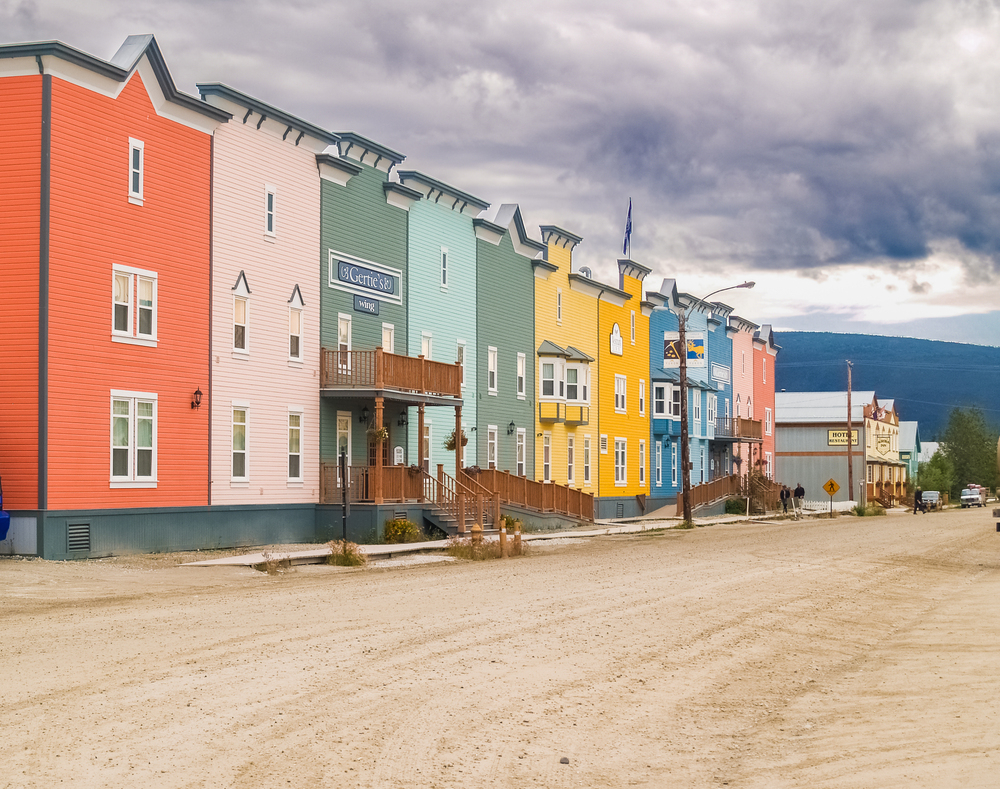
Solo travelers gravitate toward social hostels, smaller boutique accommodations, or efficiency apartments that make financial and practical sense for one person. Groups of friends typically opt for shared vacation rentals, adjoining hotel rooms, or places with common areas that facilitate together time after a day of exploration.
These accommodation patterns lead to vastly different neighborhood experiences and local interactions throughout your stay.
Dining Experiences

Eating alone pushes solo travelers toward counter seating, quick-service restaurants, picnics in parks, or occasionally splurging on fine dining experiences where they can savor the food without conversation. Friend groups transform meals into extended social events, making reservations at larger tables, ordering multiple dishes to share, and lingering over drinks while the day’s adventures are recounted.
These contrasting approaches to food create entirely different relationships with local cuisine.
Like Travel Pug’s content? Follow us on MSN.
Financial Dynamics

Solo travelers maintain complete control over their spending without judgment from others, creating a straightforward financial experience adjusted to personal priorities. Groups inevitably face the complex dance of splitting bills, balancing different budget priorities, and navigating awkward moments when some friends want experiences others can’t afford.
The emotional complexity surrounding money emerges more prominently when traveling with others than most people anticipate.
Schedule Flexibility

Traveling alone means embracing spontaneous detours, extending stays in unexpectedly wonderful places, or leaving early from disappointing locations without consultation. Friend groups follow more structured itineraries established through prior consensus, with changes requiring diplomatic negotiations that can sometimes create tension.
This fundamental difference in adaptability shapes whether your journey feels like an exploration or the execution of a plan.
Vulnerability to Scams

Solo travelers, particularly in unfamiliar locations, sometimes become targets for scams or tourist traps that groups tend to avoid through collective awareness. Friend groups benefit from multiple perspectives when assessing suspicious situations and generally project a less vulnerable appearance to potential opportunists.
This safety-in-numbers effect operates largely beneath conscious awareness but creates different risk assessments and experiences.
Like Travel Pug’s content? Follow us on MSN.
Social Media Presence

Solo travelers often post more frequently during their journeys as social media becomes a way to share experiences and maintain connection with people back home. Friends traveling together typically post less in real time since they already have built-in companions with whom to share observations and reactions.
This difference in documentation creates distinct digital footprints and shapes how memories get reinforced after the trip ends.
Personal Growth Opportunities

Traveling alone forces continuous adaptation to challenges, tolerance for discomfort, and development of problem-solving skills with no emotional support buffer. Friend groups provide mutual encouragement through difficulties but may unwittingly enable each other to remain within collective comfort zones rather than pushing boundaries.
The accelerated personal growth that often accompanies solo travel requires embracing the discomfort that group dynamics naturally minimize.
Packing Efficiency
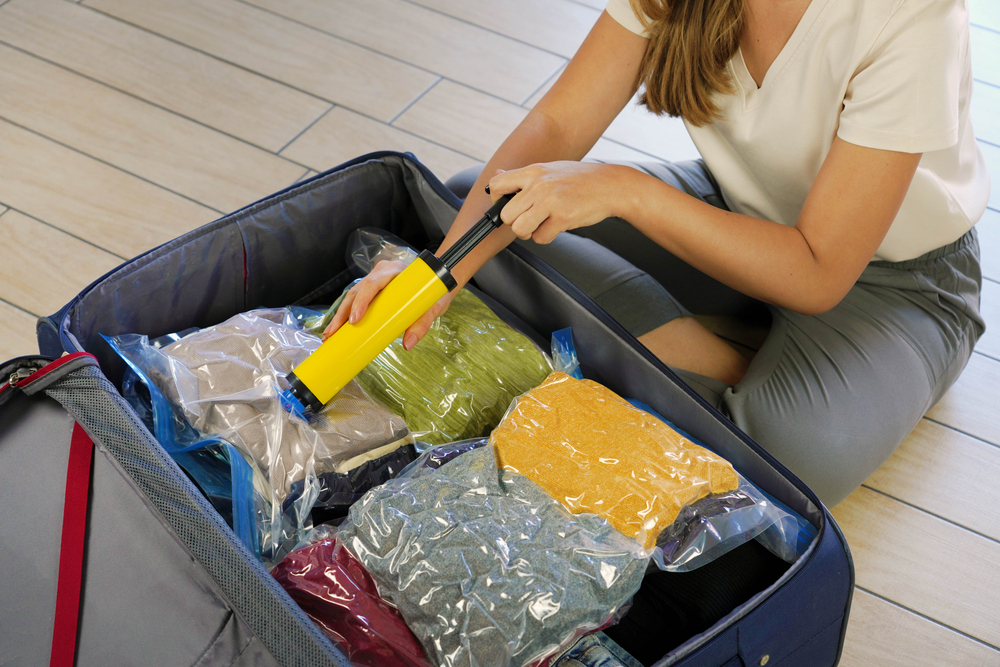
Solo travelers develop remarkable packing precision, bringing exactly what one person needs without redundancy. Friend groups benefit from distributed packing where one person brings the first-aid kit, another the portable speaker, and someone else the travel guides, creating collective resources that no individual could reasonably carry.
This shared-resource approach creates a different relationship with possessions during travel.
Like Travel Pug’s content? Follow us on MSN.
Evolution of Inside Jokes

Solo journeys rarely generate the inside jokes and shorthand references that become part of friendship lore for years after a shared adventure. Groups develop private languages around memorable incidents, mishaps, or characters encountered along the way that strengthen bonds long after returning home.
This linguistic souvenir represents an invisible but meaningful difference in how the journey continues to exist in memory.
Moments of Reflection
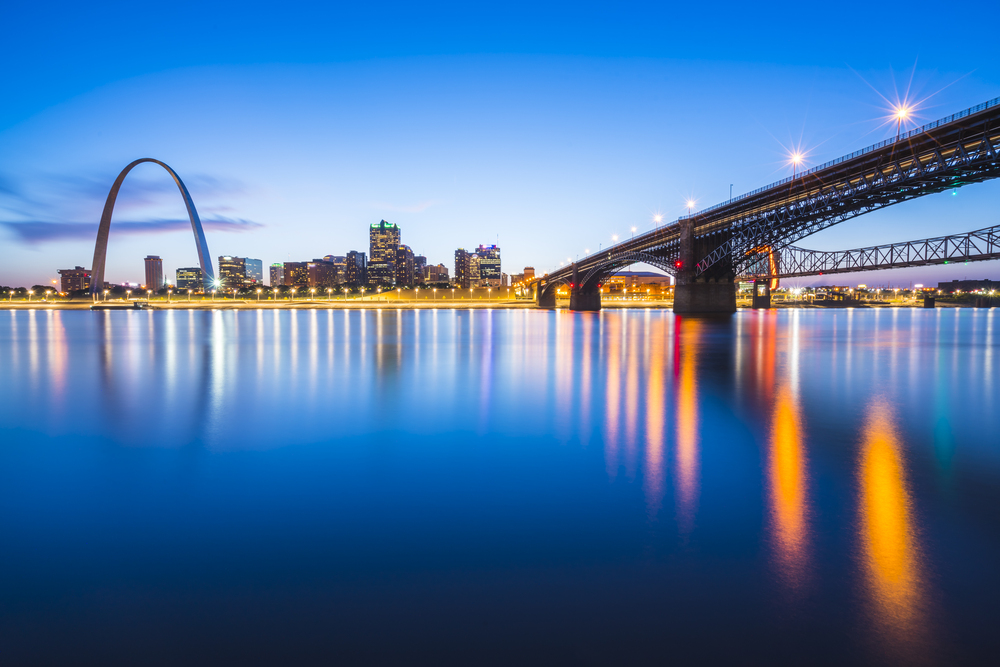
Traveling alone provides natural spaces for deep reflection, journaling, and processing experiences as they happen without interruption. Friend groups generate constant conversation, observation-sharing, and interactive experiences that create different memory-encoding patterns with fewer contemplative gaps.
These contrasting approaches to presence influence how thoroughly you digest the significance of your experiences.
Bathroom Scenarios

Solo travelers navigate public restroom situations with minimal complexity – bringing belongings into stalls or finding facilities when needed without consultation. Groups contend with synchronized bathroom breaks, holding items for each other, and the inevitable waiting periods that punctuate days more frequently than anyone anticipates.
This mundane difference accounts for surprising amounts of either wasted or efficiently used time throughout a journey.
Like Travel Pug’s content? Follow us on MSN.
Encountering Other Travelers

Solo travelers more frequently merge temporarily with other travelers, creating fluid social connections that might last hours, days or occasionally evolve into lasting friendships. Established friend groups remain more self-contained social units, less likely to incorporate outsiders into their existing dynamic.
This difference in social permeability creates entirely different networks of connection along travel routes.
Night Activity Choices
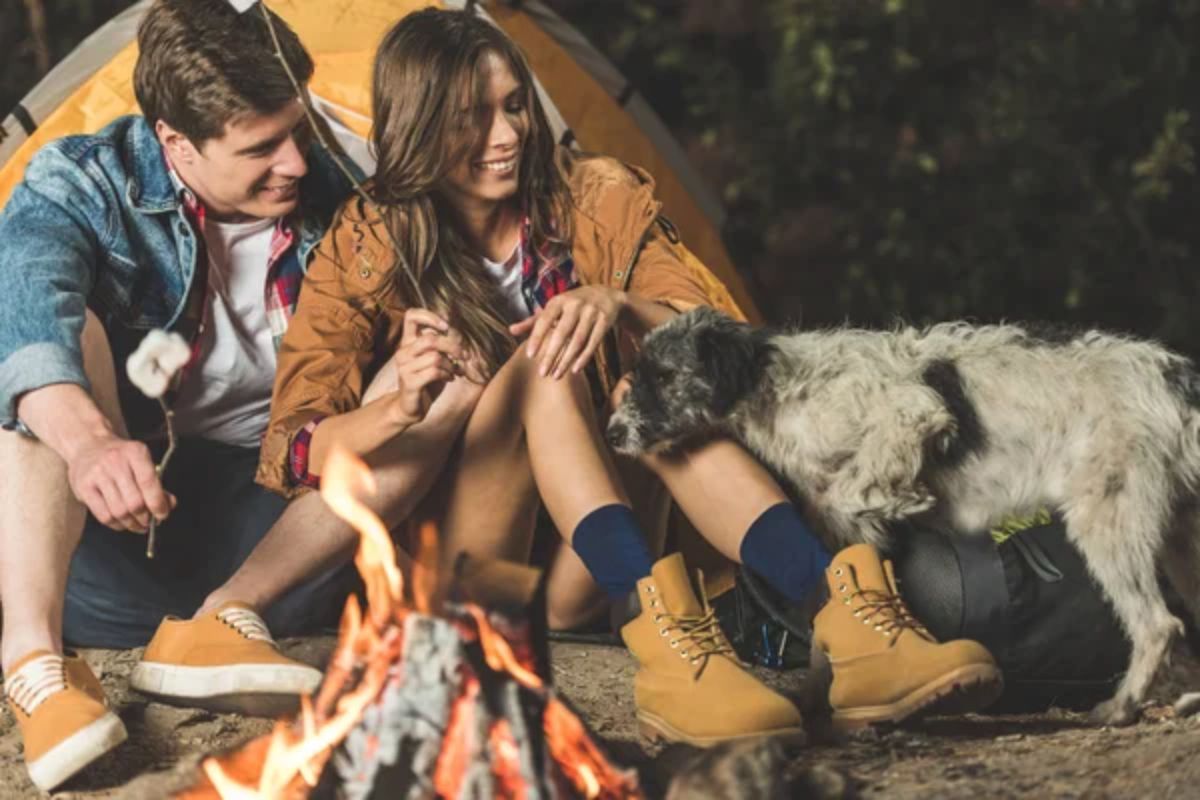
Travelers alone often limit nighttime activities based on safety considerations or the different energy of being out alone after dark in unfamiliar places. Friend groups maintain daylight momentum into evening hours through shared confidence and the natural entertainment of their own company regardless of external options.
This extension of active hours creates fundamentally different rhythms and experiences of destinations.
Cultural Immersion Depth

Solo travelers often achieve deeper cultural immersion through necessity – eating where locals eat, using public transportation extensively, and lacking an English-speaking bubble. Friends traveling together inevitably create a portable piece of their home culture that accompanies them everywhere, maintaining familiar cultural references and communication patterns.
The immersion difference varies dramatically based on how consciously travelers address this natural tendency.
Like Travel Pug’s content? Follow us on MSN.
Emotional Range

Traveling alone typically produces more extreme emotional highs and lows – from moments of transcendent connection with places to periods of intense loneliness without witnesses to your experience. Friend groups moderate these emotional swings through shared processing, humor during challenges, and the steadying effect of companionship.
This emotional landscape difference fundamentally changes how the journey feels from the inside.
Storytelling Afterwards

Solo travelers shoulder complete responsibility for translating their experiences into compelling narratives that others can appreciate after returning home. Friend groups co-create their travel stories, with different members remembering various details, correcting exaggerations, and validating the extraordinary moments that might otherwise sound implausible.
These different storytelling dynamics shape how the journey continues to live in memory and social sharing.
Speed of Movement
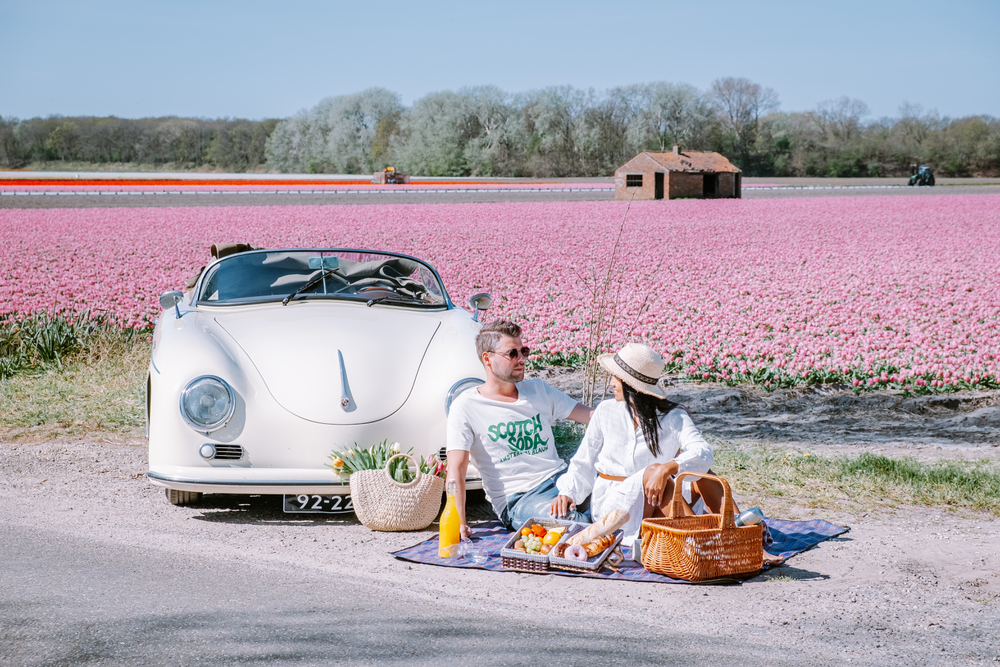
Individuals naturally move through spaces – museums, markets, neighborhoods – at their own intuitive pace without negotiation or compromise. Friend groups navigate the inherent challenge of different preferred speeds, with faster members practicing patience and slower ones feeling subtle pressure to keep up with the group’s average pace.
This speed difference creates entirely different rhythms and coverage of essentially the same destinations.
The Transformative Impact

Whether traveling solo or with friends, journeys change us in ways that daily life rarely does. Solo travel often delivers more dramatic personal transformation through the intensity of self-reliance and the unfiltered experience of unfamiliar environments.
Friend group travel tends to transform relationships through shared reference points and emotional memories that become touchstones long after the journey ends. These different transformative impacts aren’t better or worse – simply different vessels carrying us toward our evolving selves through the irreplaceable experience of exploring the world beyond our familiar boundaries.
More from Travel Pug

- 20 Destinations That Were Once Thriving but Are Now Quietly Disappearing
- 15 Hidden Spots in Disney World’s Magic Kingdom Most Visitors Miss
- 20 Once-Popular Beach Towns That Are Now Ghostly Empty
- 20 Beautiful US Lakefront Towns Where You Can Live for Under $2000 a Month
- 20 Caribbean Islands That Are Safer Than People Think
Like Travel Pug’s content? Follow us on MSN.
